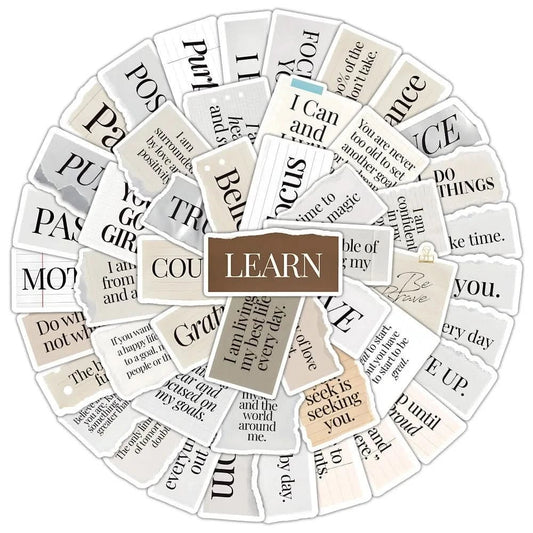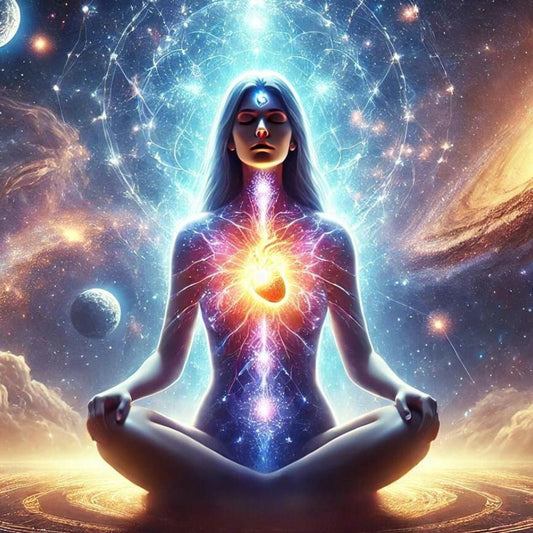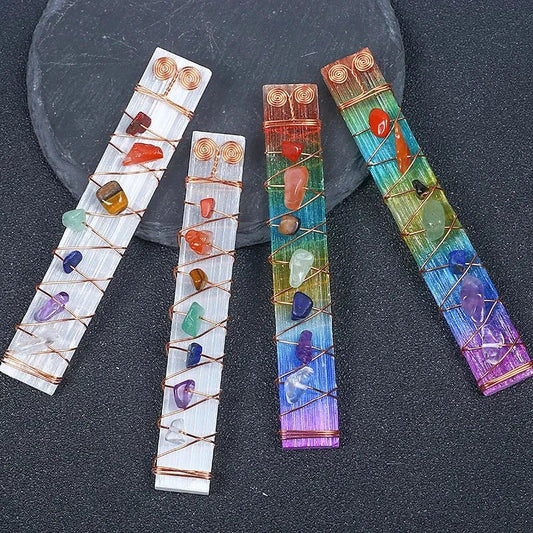Are chakras Buddhist? While their roots lie in Hindu traditions, Buddhism offers a unique lens through which to explore energy and balance. In Buddhism, the focus shifts toward mental states and mindfulness, highlighting how the mind shapes experiences rather than centering on physical energy points. Yet, the synergy between the two is undeniable—both emphasize the flow of energy and practices like meditation and breathwork to foster harmony. By delving into this connection, you unlock profound insights into spiritual growth and emotional well-being. The intersection of these philosophies invites you to explore their shared wisdom and transformative potential further.
Key Takeaways
- Chakras originated from Hindu texts and are not inherently Buddhist but share similarities in energy concepts and practices.
- Buddhism emphasizes mindfulness and mental states over physical energy centers, contrasting with the chakra system's focus on bodily energy.
- Both traditions pursue balance and emotional regulation, aligning chakra practices with Buddhist ideals of harmony and equanimity.
- Compassion is central in both philosophies, promoting healing and alleviating suffering through self-awareness and personal growth.
- Misunderstanding chakras can oversimplify their significance; awareness of their original context enhances understanding of energy and personal development.
Understanding Chakras
Chakras represent a complex system of energy centers within the body that play a crucial role in various spiritual and healing practices. These energy centers, often visualized as spinning wheels or disks, are significant because they correspond to different physical, emotional, and spiritual aspects of your being. Each chakra governs specific functions, ranging from basic survival needs to higher states of consciousness.
The significance of chakras lies in their ability to influence your overall well-being. When energy flows harmoniously through these centers, it fosters balance, health, and spiritual growth. Conversely, blockages or imbalances in any chakra can lead to physical, emotional, or psychological issues. Practices like meditation, yoga, and breathwork are often employed to activate and balance these energy centers, enhancing the body's natural healing processes.
Historical Roots of Chakras
The Origin of the Chakra System
The concept of chakras emerged in ancient Indian spiritual traditions. References to energy centers first appeared in the Vedas, particularly the Upanishads, which detail the flow of life energy (prana) and its role in spiritual practices. Over time, the understanding of chakras evolved through cultural and religious exchanges, especially between Hinduism and other spiritual systems.
In Hindu philosophy, chakras symbolize the connection between the physical body and higher consciousness. They became integral to practices aimed at achieving spiritual enlightenment and self-realization. These ancient texts provide a foundation for the chakra system as a tool for understanding the interconnectedness of body, mind, and spirit.
Influence on Other Traditions
As Buddhism emerged and spread across Asia, it absorbed and adapted some aspects of the chakra system, albeit through a distinct lens. While Buddhism doesn't inherently emphasize physical energy centers, it shares a focus on the flow of energy and balance, integrating these ideas into its meditative and mindfulness practices. The historical interplay between Hindu and Buddhist thought underscores humanity’s universal quest for understanding energy, self, and the cosmos.
Buddhist Concepts of Energy
While Buddhism doesn’t explicitly reference chakras in the same way as Hindu traditions, it introduces its interpretation of energy. Here, energy is often framed as a mental and spiritual force rather than a physical center. Terms like "spiritual energy" or "Buddhist energy" focus on the mind’s role in shaping your experiences and perceptions of reality.
Differences from Hindu Concepts
In Hinduism, energy (prana) flows through the body via channels (nadis) and is centered around specific chakras. Buddhism, however, emphasizes the cultivation of mental energy through mindfulness and ethical conduct. Practices like meditation and loving-kindness (metta) are designed to refine this energy, leading to spiritual clarity and insight.
This approach reflects Buddhism’s focus on mental states and interconnectedness rather than physical energy centers, offering a complementary but distinct perspective on personal growth and spiritual transformation.
The Chakra System Explained
Definition of Chakras
Chakras are focal points of energy within the body that align along the spine. Each is associated with specific physical, emotional, and spiritual functions. They play a crucial role in maintaining balance and harmony in various aspects of life.
Key attributes of chakras include:
- Energy Centers: Each chakra influences specific areas of life.
- Locations: Seven primary chakras run along the spine, from the base to the crown of the head.
- Colors: Each chakra is associated with a unique color, reflecting its vibrational frequency.
- Functions: Chakras govern bodily systems and emotional states, impacting overall well-being.
- Balance: Proper alignment fosters optimal energy flow, while imbalances can disrupt physical and emotional health.
Historical Development
The chakra system’s roots lie in ancient Hindu texts, where it was first described as a tool for spiritual enlightenment and self-discovery. Over centuries, the concept evolved, influenced by Buddhist and Tantric practices, which integrated energy awareness into meditative techniques. In Buddhism, particularly in Vajrayana or Tantric traditions, chakras are viewed as symbolic centers for achieving higher states of consciousness. This historical context highlights the rich interplay of ideas across spiritual traditions.
Intersections Between Chakras and Buddhist Philosophy
Despite their distinct origins, chakras and Buddhist philosophy share intriguing parallels. Both systems emphasize internal transformation and the interconnectedness of body, mind, and spirit. These shared principles create opportunities for exploring their intersections.
Common Themes
- Mindfulness: Both traditions advocate for mindfulness to deepen self-awareness and foster harmony.
- Balance: The balancing of chakras parallels Buddhism’s pursuit of equanimity and inner peace.
- Energy Flow: Chakra practices align with Buddhist ideas of impermanence and the dynamic flow of life energy.
- Compassion: Both philosophies emphasize compassion as a pathway to healing and personal growth.
- Self-Realization: The journey through the chakras mirrors the Buddhist quest for enlightenment.
This synergy reveals a shared commitment to holistic well-being and spiritual evolution despite differing methodologies and frameworks.
Practical Applications in Buddhism
Meditation Techniques
Meditation is a cornerstone of Buddhist practice, offering profound tools for cultivating mindfulness and spiritual growth. While not explicitly focused on chakras, many techniques indirectly enhance energy awareness.
Examples include:
- Breath Awareness: Anchors the mind in the present moment, fostering tranquility.
- Body Scan: Promotes relaxation by enhancing awareness of bodily sensations.
- Visualization: Creates mental imagery to evoke calmness and clarity.
- Loving-Kindness Meditation: Cultivates compassion and positive energy toward self and others.
Mindfulness Practices
Mindfulness practices encourage a deeper connection with your inner self, promoting emotional regulation and spiritual insight. Activities like mindful breathing, walking meditation, and gratitude exercises integrate awareness into daily life. These practices help refine your understanding of energy flow, supporting both personal growth and harmonious interactions.
Modern Interpretations and Misconceptions
In contemporary spiritual practices, chakras have become popular symbols of healing and empowerment. However, modern interpretations often diverge from traditional teachings, leading to misconceptions:
- Simplistic Views: Chakras are reduced to physical energy points, neglecting their more profound spiritual significance.
- Instant Fixes: Misleading claims suggest quick solutions to imbalances, ignoring the importance of sustained practice.
- Commercialization: Products and services commodify chakra concepts, overshadowing their authentic roots.
To appreciate chakras fully, it’s essential to recognize their original context within Hinduism and their nuanced adaptation to Buddhist practices. This awareness fosters a more respectful and authentic engagement with these spiritual concepts.
While chakras are not inherently Buddhist, their principles resonate with Buddhist ideals of balance, mindfulness, and compassion. Both traditions emphasize the importance of inner transformation, offering complementary paths to spiritual growth. By understanding chakras within their historical and cultural context, you can deepen your appreciation for their role in personal development and holistic well-being.
Frequently Asked Questions
Are Chakras Mentioned in Early Buddhist Texts?
Chakras aren't explicitly mentioned in early Buddhist texts. Their origins lie more in Hindu traditions, while Buddhist philosophy focuses on mindfulness and meditation, which may indirectly align with chakra concepts with respect to energy and awareness.
How Do Different Cultures View Chakras?
Think of chakras as vibrant colors in a cultural tapestry. Different cultures interpret chakra symbolism uniquely, with varied cultural interpretations reflecting their beliefs, practices, and spiritual insights, enriching the overall understanding of these energy centers' significance.
Can Chakras Be Scientifically Measured?
You'll find chakra measurement techniques, such as biofield imaging and electromagnetic field analysis, are emerging in energy field research. However, scientific consensus remains elusive, as evidence supporting concrete measurements of chakras is still under investigation.
Conclusion : Buda Chakras
In exploring the intricate dance between chakras and Buddhism, you uncover a vibrant tapestry woven with ancient wisdom and spiritual energy. While chakras don't originate from Buddhist teachings, their resonance with Buddhist concepts invites a deeper understanding of the self. Picture a serene garden, where each energy center blooms like a flower, harmonizing body and mind. By embracing these connections, you cultivate a richer spiritual journey, allowing enlightenment to unfold like petals under the warm sun.














